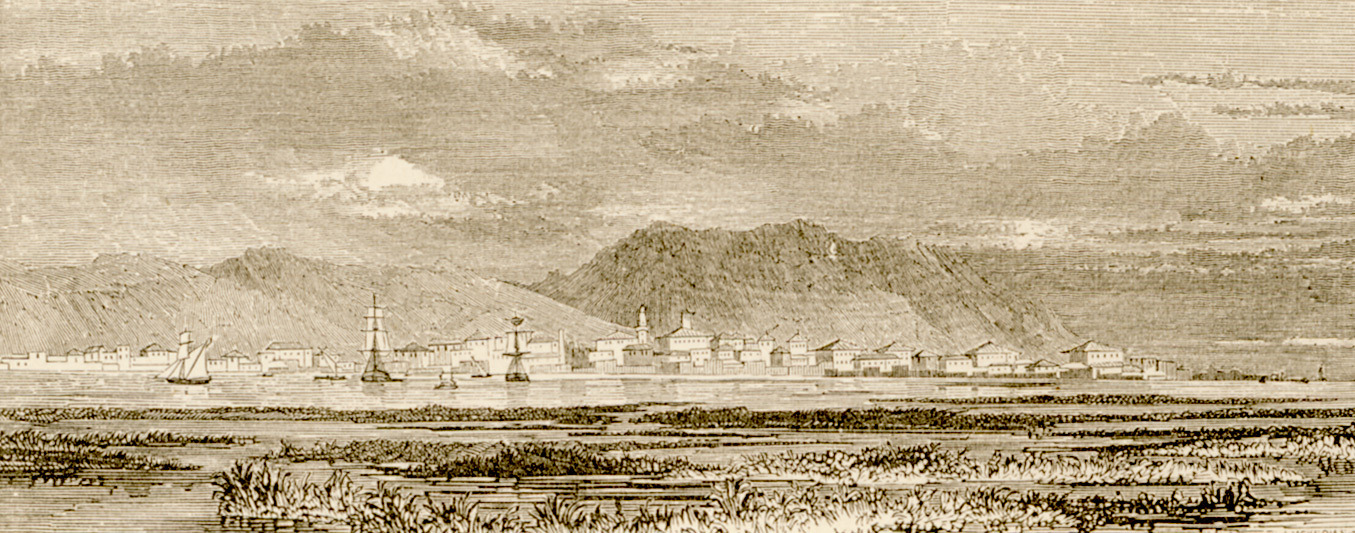


Excavations at the site, directed by the German archaeologist Jürgen Seeher, have indeed determined that the city was invaded and burned early in the 12th century B.C. Neither, according to recent archaeological evidence, which paints a somewhat less dramatic, though still mysterious, picture of Hattusa’s last days. But now those days were gone, and the royal capital was about to be destroyed forever by invasion and fire.ĭid Suppiluliuma die defending his city, like the last king of Constantinople 2,600 years later? Or did he spend his final moments in his palace, impassively contemplating mankind’s flickering mortality? The Kingdom of the Hittites, called Hatti, had stretched across the face of Anatolia and northern Syria, from the Aegean in the west to the Euphrates in the east. Credit: Gianni Dagli Orti/Corbis.įrom his capital, Hattusa, in central Anatolia, the last-known Hittite king, Suppiluliuma II (1207 B.C.-?), ruled over a people who had once built a great empire-one of the superpowers (along with Egypt, Mittani, Babylon and Assyria) of the Late Bronze Age. From the 17th to the early 12th century B.C., Hattusa served as the capital of the Hittite empire. A helmeted god stands guard over one of the principal entrances to ancient Hattusa.


 0 kommentar(er)
0 kommentar(er)
